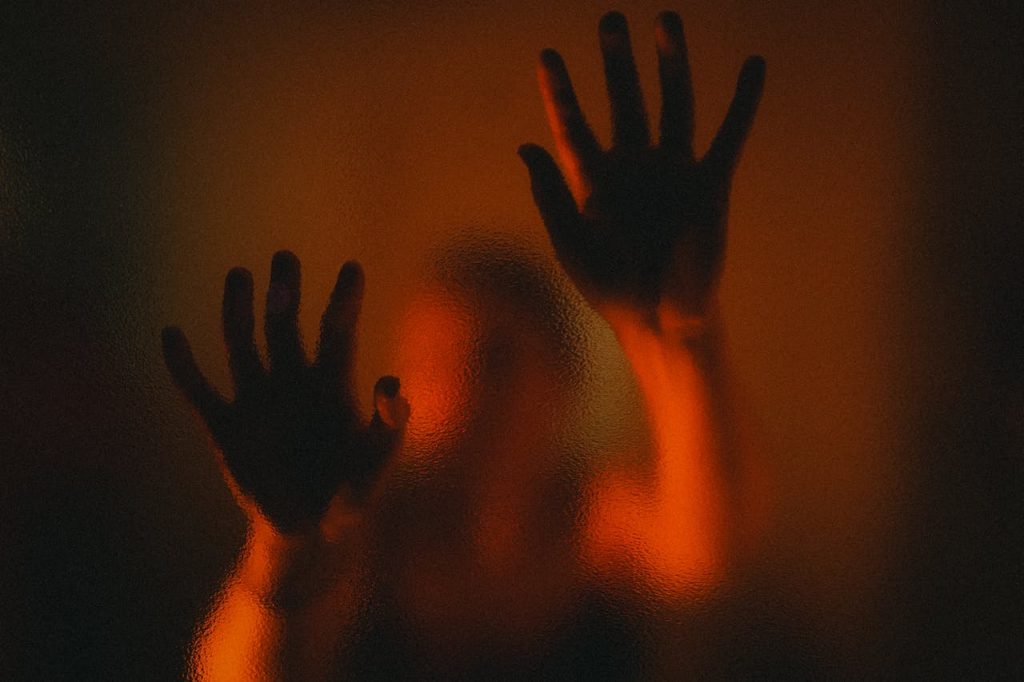Movie Idioms and Horror Films
Horror movies, with their spine-chilling narratives and eerie atmospheres, are not just a feast for thrill-seekers; they also provide an unexpected gateway to understanding and learning English idioms. As the shadows lengthen and the tension rises, idioms woven into the dialogue add a layer of linguistic complexity to the cinematic experience.
In this exploration, we delve into the cryptic world of idioms within horror movies, unmasking the linguistic gems that lurk in the shadows.

The Creepy Connection: Idioms and Horror
1. The Devil is in the Details
Horror movies often thrive on meticulous details, and idioms add a touch of subtlety to these nuances. Phrases like “the devil is in the details” become more than just words; they heighten the suspense by emphasizing the importance of paying attention to seemingly insignificant elements. As characters unravel mysteries, viewers, too, uncover the layers of the English language.
2. Skeletons in the Closet
The idiom “skeletons in the closet” takes on a literal and metaphorical meaning in horror films. Characters often find hidden secrets that, when exposed, unleash terror. This idiom, used to describe concealed scandals or undisclosed truths, resonates with the thematic elements of horror, where past misdeeds come back to haunt the present.
Idioms in Horror Movie Dialogue
1. Bite the Bullet
In the face of danger, characters in horror movies often “bite the bullet” — a phrase meaning to endure a painful or difficult situation with courage. Whether facing a supernatural entity or a mortal threat, this idiom captures the essence of bravery in the face of adversity.
2. Jump on the Bandwagon
Horror movies often feature characters who are skeptical of supernatural occurrences until they witness them firsthand. The idiom “jump on the bandwagon” aptly describes this behavior, as individuals join a popular trend or belief, often after initial skepticism. In horror, this could mean characters finally acknowledging the existence of supernatural forces.
The Subtle Art of Horror Idioms
1. Graveyard Shift
The term “graveyard shift” originates from work schedules, but in horror movies, it takes on a more ominous meaning. Often, eerie events unfold during the graveyard shift, adding a layer of darkness and mystery to the narrative. This idiom serves as a reminder that danger doesn’t only lurk in the shadows but also emerges when least expected.
2. The Witching Hour
Horror movies frequently exploit the concept of the “witching hour,” the time when supernatural forces are believed to be most active. This idiom, referring to the late hours of the night associated with paranormal activity, enhances the spooky ambiance and heightens the sense of impending dread.
Learning through Fear: Tips for Mastering Horror Idioms
1. Create a Chilling Vocabulary List
Compile a list of idioms encountered in horror movies. Include their meanings and usage in sentences. This personalized vocabulary list will serve as a handy reference guide for learners, allowing them to revisit and reinforce their understanding.
2. Immerse Yourself in the Language of Fear
Watch horror movies with subtitles to catch the idioms in context. This dual auditory-visual experience enhances comprehension and helps learners grasp the idioms’ nuances. As characters confront their fears, language learners can confront the intricacies of English idioms.
3. Discuss and Debate with Fellow Learners
Engage in discussions about horror movies and idioms with fellow language learners. Analyzing the context in which idioms are used and debating their meanings can deepen understanding and make the learning process more interactive and enjoyable.
Conclusion: Embracing the Shadows of Language
In the twisted corridors of horror movies, English idioms lurk, waiting to be discovered by language learners daring enough to explore the unknown.
These linguistic gems not only add depth to the dialogue but also provide an immersive experience for those seeking to unravel the mysteries of the English language. So, as the credits roll and the shadows recede, remember that the language of fear is not just a cinematic device; it’s a portal to mastering the intricacies of idiomatic expression. Step into the darkness, and let the language of horror be your guide.

